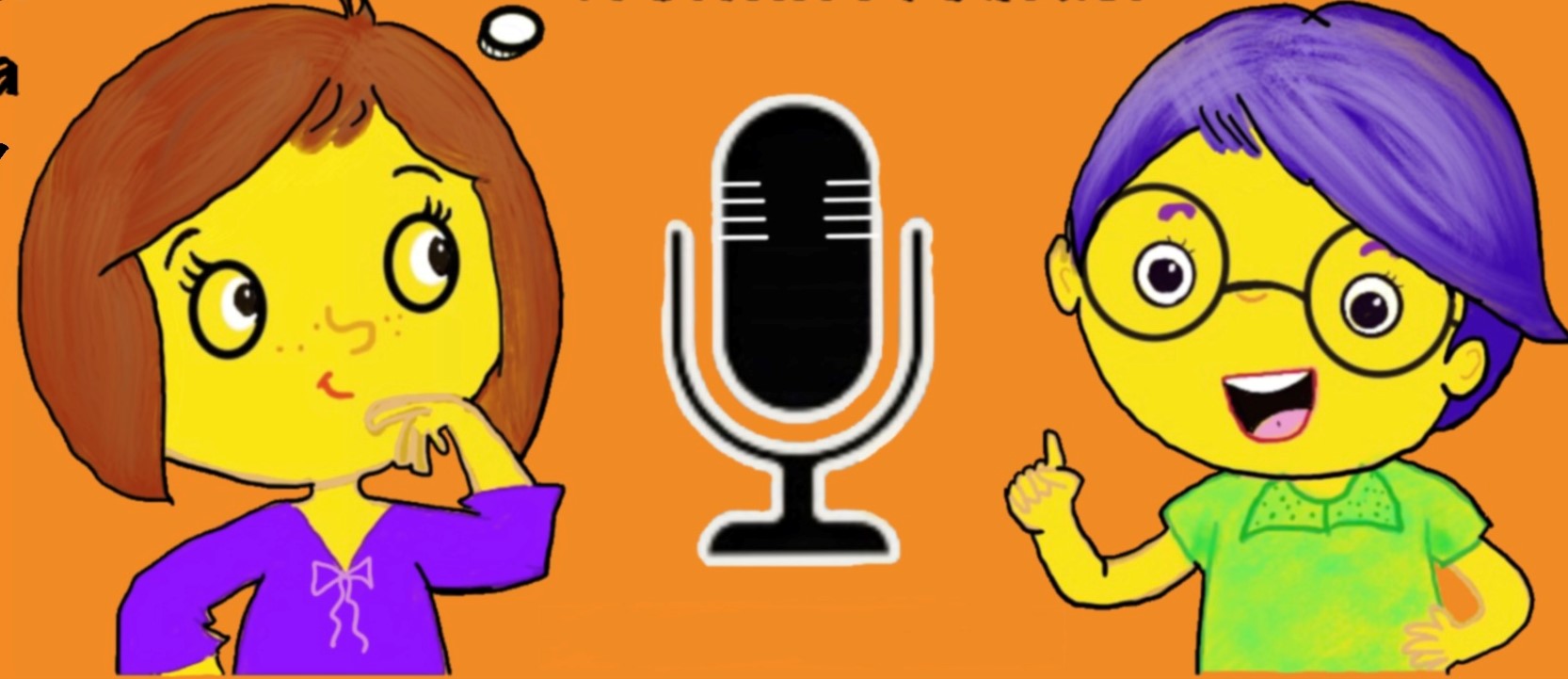2023-10-24 by Shakunthala Natarajan
Why Do Babies Kick In The Womb? Science Blog

Listen to the episode, here.
Let us go back in time and imagine a moment from our childhood. It is a nice sunny afternoon on a holiday and you are busy troubling your mom with your tantrums and running races by refusing to eat food or listen to her. Your mom gets tired at some point and comments “You are as naughty as you were in my stomach. You used to kick and play around in my belly and now you are doing the same thing outside!:)”. You stop your afternoon show and start wondering “Why did I kick in my mother’s womb?”. Is there a specific scientific reason behind babies kicking in the womb? Let’s come out of your thought trail to find the answer in this podcast of IndiaAsksWhy. Two of our curious listeners - Shree Kilambi and Karthik will also accompany you along with Utsuka and Jigyasa as you find your way through the womb kick puzzle.
Before looking into the reason behind the baby kick, let us understand the different components involved in this movement. The developing baby’s tiny legs, muscles, future bones, joints and smart brain cells constitute a womb kick’s participants. You must be wondering what we mean by “future bones”. Well, tissues called cartilages, form in the babies. Some of these cartilages then give rise to bones. Such temporary cartilages that transform into a bone later are called “transient cartilages” or “future bones”. Now, we know that a baby in the womb is developing new parts that will help in its survival on the Earth. It is akin to a new system in which new parts are being manufactured and assembled. So, don’t you think that these newly formed parts need to be checked for their quality and performance? Yes. Now starts a quality check test. The newly formed brain cells send messages to leg muscles ordering them to move. If the brain cells are fine, the connection between the brain and the leg muscle is smooth, and the leg muscles have been formed perfectly, the circuit is closed, and a soft kick is experienced by the mother. Essentially, a kick is the result of the baby’s body’s quality check process! Do you know that the womb kick experienced by a mother is termed as “quickening”?

Moving on, there is one another reason that is thought to be responsible for these kicks to occur. Movements like a kick, come under the set of exercises that the tiny creature is doing in the womb gym. These movements help in the building of muscles, strengthening and development of bones and cartilages in the baby. You will also be surprised to know that the baby’s body is highly plastic and responsive just like clay. What happens to a clay when we press it at certain points and mold it? It takes the desired shape and form right? Similarly, when pressures are applied at certain points in the bones, cartilages and joints, they take the right shape and form and give rise to the lovely frame of the baby.
Shree and Karthik are in complete awe of the deep scientific reasons behind a baby’s playful kick. They are interested in finding out more behind the kick secret and join Utsuka and Jigyasa for a query session with Dr Amitabha Bandyopadhyay, a professor and bone developmental biologist at the Indian Institute of Technology, Kanpur. Dr Bandyopadhyay takes us into further depths of the kick movement. He says that a baby’s joints must be nicely formed and lubricated to facilitate seamless smooth motion. But as you know joints are a combination of bones and cartilage. Hence, it is necessary for the joint manufacturing system to know where to make bones and where to leave cartilages as such. The regular kicking motion helps in differentiation of the bone and cartilage and provides a blueprint for a well lubricated high-performing joint :)
We have now come to the end of our journey into the world of baby kicks! I bet that you must be more curious to experience the world of baby movements with our enthusiastic explorers team headed by Utsuka and Jigyasa. It is time to gear up your headphones and tune in to the podcast. Happy learning!
References
- Mystery of why babies kick in the womb finally solved. The Independent (2022). Available at: https://www.independent.co.uk/life-style/health-and-families/why-do-babies-kick-in-womb-b2252478.html. (Accessed: 8th October 2023)
- Mystery of why babies kick in the womb finally solved. The Independent (2022). Available at: https://www.independent.co.uk/life-style/health-and-families/why-do-babies-kick-in-womb-b2252478.html. (Accessed: 8th October 2023)
- professional, C. C. medical. Quickening in pregnancy: First movements & what to expect. Cleveland Clinic Available at: https://my.clevelandclinic.org/health/symptoms/22829-quickening-in-pregnancy. (Accessed: 8th October 2023)
- Linde, A. et al. Fetal movement in late pregnancy – a content analysis of women’s experiences of how their unborn baby moved less or differently. BMC Pregnancy and Childbirth 16, (2016).
- Whitehead, K., Meek, J. & Fabrizi, L. Developmental trajectory of movement-related cortical oscillations during active sleep in a cross-sectional cohort of pre-term and full-term human infants. Scientific Reports 8, (2018).
- Liu, Y., Xuan, R., He, Y., Ren, F. & Gu, Y. Computation of fetal kicking in various fetal health examinations: A systematic review. International Journal of Environmental Research and Public Health 19, 4366 (2022).
- Visser, G. H. & Mulder, E. J. Fetal movement patterns and behavioural states. Ultrasound in Obstetrics and Gynaecology 271–284 (2009). doi:10.1016/b978-0-444-51829-3.00015-5
